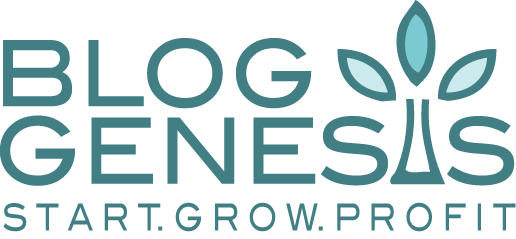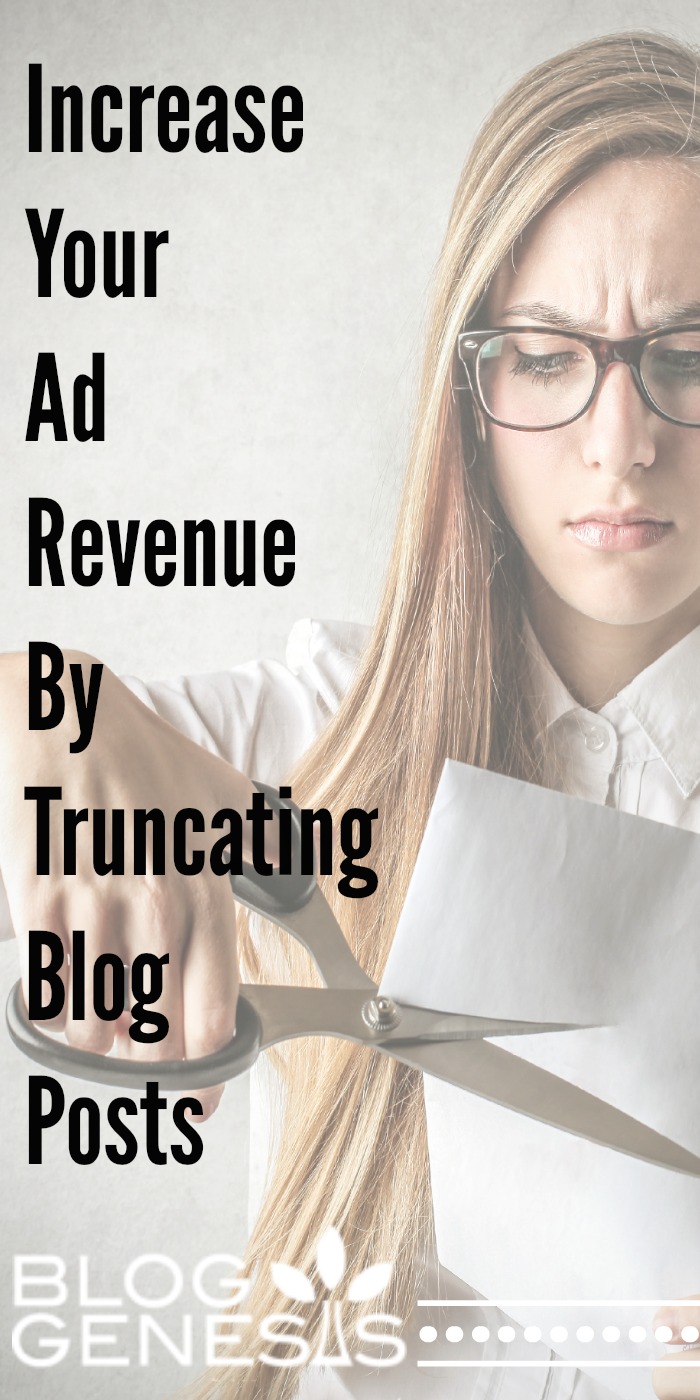Click for FREE Access To The 14 Day Blog Income Challenge!
For those of you who promote products as affiliates, its a good practice for you to “cloak” or “mask” your affiliate links, for a couple of reasons. While “cloaking” is sort of a sketchy sounding name, its really not all that different than what you do with your internal links. Masking affiliate link is essentially the same thing that your permalinks do for your website URLs. It takes a really long, ugly url, and turns it into something pretty and relevant.
Permalinks on WordPress don’t make any changes to your external or outgoing links, so I always recommend installing a plugin such as “Simple Link Cloaker” to manage your affiliate links. While you could certainly put all of your external links through a plugin such as this, its really only necessary in most cases, for affiliate links.
What does a link cloaker do?
So for example, lets say I have an affiliate link that looks like this:
http://www.CoolMerchantCompany.com/affiliate/affid=123456
Thats a pretty obvious affiliate link, right? But when I run it through Simple Link Cloaker, it becomes:
https://www.bloggenesis.com/view/CoolMerchantCompany
See the difference? A lot nicer and cleaner looking.
Why should you use a link cloaker?
1. Easier Management
Using a link cloaker plugin allows you to manage and view all of your existing affiliate links in one spot. If someone asks you for a recommendation for a webhost or your favorite pop up plugin, you can quickly jump over to your Link management area and grab your affiliate link.
Even more importantly, affiliate links often change and you don’t want to have to spend hours scanning your posts and pages for every spot where you had linked out with a now old/non-working affiliate link. By keeping all of the source links in one spot, you can go in and update the source, and all of your affiliate links will be updated.
Similarly, this makes for easy management when you are first getting set up with affiliate account. Sometimes I’ll make a list of recommended tools or products. I try to use affiliate links on all of the recommendations, but sometimes I have to wait a few days for approval. I can go ahead and publish the article using the homepage for the site as my source URL, and then swap it out with the affiliate link once my account is approved – without having to go update each individual article.
2. “Pretty” links
Link cloaking helps make your links appear more relevant and keyword rich. This helps when you are linking out on social media or sites where you just paste your affiliate link so that its fully visible. A link going through your website with the name of the merchant in the URL looks a lot more “friendly” or clean, than a big ugly affiliate link.
3. Prevent leakage of pagerank
You want to make sure you are not leaking your website’s authority and pagerank, when you link out to affiliate URLs. Some link cloaking plugins such as Pretty Link Pro utilize “302” redirects which are what you want to use, to prevent leakage of pagerank. 301 vs 302 is a technical element of how the search engines view different redirects – and basically, if you want to pass pagerank or authority you would use a 301 redirect, and if you don’t – you would use a 302. This is why its importnat to make sure your link cloaking plugin has the option to use the 302 redirect.
4. Google (maybe?)
Some sites will say that you need to cloak in order to hide or shield your affiliate links from Google’s eyes. There may be some truth to that, however Google is pretty smart and they are probably intelligent enough to follow your link and see the redirected URL so I don’t know how much this matters entirely, but it certainly can’t help that you are working to at least make your links look nicer for your readers – Google is always a fan of the steps you take to increase your user experience.
Affiliate Disclosure
As always, you still want to make sure that somewhere on your website, you have your affiliate link disclosure. I recommend putting a blanket note in your footer or in the sidebar that shows up on all pages, so you are covered anytime you want to add a new affiliate link. In your disclosure, you want to explain that affiliate links help to keep your site funded, and are paid to you at no additional expense to your users. If you make your affiliate disclosure friendly, casual, up front, and in the “voice” of your site (rather than in super legalistic terms), it will be much more well received and understood. Here is a sample of an affiliate disclosure (please modify to your liking if you want to use this):
“I love providing great free tips on how to _______. In order to fund my internet connection and my coffee addiction, I will sometimes link out to products or services that I recommend using affiliate links. If you click one of those links and make a purchase, I may earn a small referral commission. These earnings come from the company I’m recommending, and are at NO EXTRA COST to you. Rest assured, I only recommend promote products that I use or that I believe in strongly and would recommend to my mother. Thank you for helping support me in this way!
“GURU” TIP
Do you find that there is a product or service that you recommend regularly, via social media channels, forums or mastermind groups? Maybe people are constantly asking for recommendations for a webhost, or for email marketing service, or things like that, and you want to use your affiliate link without it being so blatant.
You might consider buying a domain that is similar to the company you are promoting, and put your redirected affiliate URL right on that homepage.
So for example, lets say you LOVE your webhost, “HotPinkWebHosting.com”. You check out Godaddy (and their awesome $2.95 domain promotions), and find that “HotPinkWebHosts.com” is available.
You could purchase that domain name, and then load up a single index.html file to the domain name, that has the following code:
<meta http-equiv=”refresh” content=”0; URL=http://www.HotPinkWebHosting.com/affilates/youraffiliateurl/”>
Make sure you swap out http://www.HotPinkWebHosting.com/affilates/youraffiliateurl/ for whatever your affiliate URL is.
Then when you are making recommendations to people about the host that you use, you can give them the url HotPinkWebHosts.com, and it will automatically take them to your affiliate URL, but its a much nicer, and prettier link to share. This is also a great tip if you’re telling someone the recommendation over the phone or in person, and aren’t providing an actual emailed / posted link for them to click.
As always, make sure you disclose as required.
Any questions, post a comment or note below!
I'd be grateful if you would share it with others who may find it valuable. Thank you!






Hi Rader,
Link cloaking is most important for the people who are involved with affiliate marketing. Most of the major search engines like Google don’t like affiliate links and it is better to hide affiliate link using link Cloaking.
awesome advice for someone who is just starting out with affiliate links. Thanks for this great advice!
I love your videos, thank you for shairing them on YouTube.
I’m new in affiliates and I am trying to monetize two blogs. One is pretty easy since it’s a decorating, diy blog but the other blog is basically an advice blog regarding filing for disability and everything about it. Requirements, secrets etc. I know I will eventually have a lot of followers on the second one (very few people are doing what I’m doing in that blog) but I just don’t know how I can recommend products when I’m talking about legal stuff. I thought cloaking would just hide the fact I am selling. Any thoughts? I do need to get paid or there’s no reason for wasting time writing this blog.